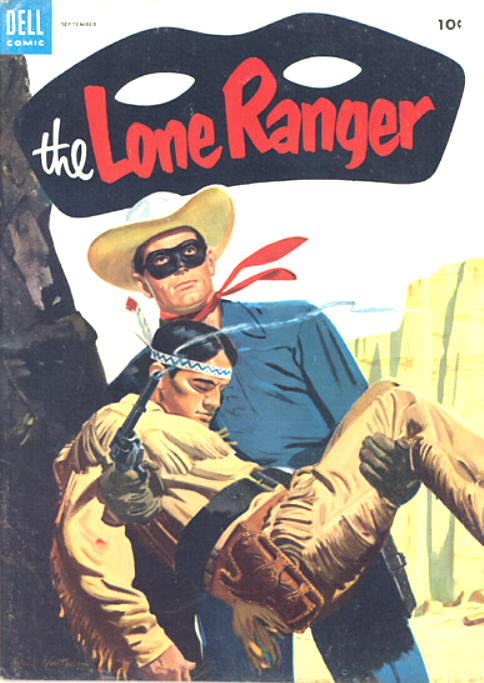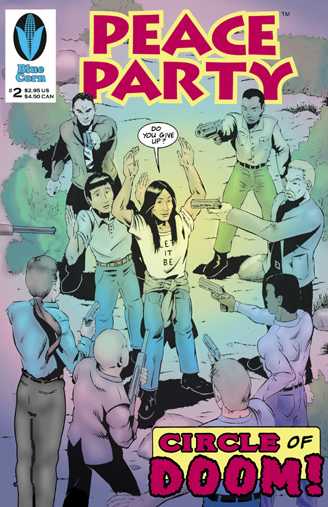Day 1 (Dec. 6)
Thursday I took a train to New York City and passed through several towns with Indian names. Among them were Watsessing (watschu, "hill," and assan, "stone") and Secaucus (sukit, "black," and achgook, "snake") of The Secaucus Seven fame. Based on a website I quickly scanned, something like a quarter of New Jersey place names have an Indian origin.
Note: I didn't know it, but achgook ("snake") is part of the name Chingachgook from Cooper's The Last of the Mohicans. A website confirms it:
Manhattan, of course, is the site of possibly the most (in)famous purchase in history. In case you hadn't heard, the "$24 for the island" story is a myth. The Dutch colonization of New York is built upon the stereotype of the gullible, childlike Indian.
I didn't see anything about Indians in my 2.5-hour walk from Penn Station to Central Park and back. But I did see statues of Roman goddesses, William Tecumseh Sherman, and Christopher Columbus along with liberators José Marti (Cuba) and José de San Martín (Argentina). New York celebrates the triumphs of white Europeans and Americans, even if it's at the expense of Indians.
That evening our program on Native Americans in comics went well. I showed my PowerPoint presentation and Michael Sheyahshe and I had a lively discussion with an audience of two dozen. Among the attendees were Jeff Stevens, publisher of the new Atlas Comics, and Arlene Hirschfelder, author of American Indian Stereotypes in the World of Children and Encyclopedia of Native American Religions. Hirschfelder says she's a huge fan of my website and uses it all the time for her research.
Day 2 (Dec. 7)
I toured the Montclair Art Museum the next day. The comics exhibit looked great. I didn't realize they had so many rare first issues: ACTION #1, CAPTAIN AMERICA #1, AMAZING FANTASY #15, etc.
More to the point, I think they covered all the high points of "comics and society." The major sociocultural issues of the last 70 years were all there: WW II, the A-bomb, the Cold War, Beatlemania, Vietnam, drugs, gender equality, minority rights, the environment, government corruption, famine relief...all the way to 9/11, the war on Iraq, and the suppression of civil rights. The exhibit didn't say much a longtime comics reader wouldn't know, but I bet it would be an eye-opener to a non-comics fan.
In addition to a display case featuring a dozen or so Native comics, they wove Native issues into the rest of the exhibit. There were the stereotypical comics of the 1940s and '50s with Superman, Batman, and Captain Marvel dressed as Indian chiefs. And there were the protest comics of the '70s such as GREEN LANTERN #79 and ACTION #401.
The rest of the museum was also interesting. Talk about eclectic: The collection is about 20% Native artifacts, 30% comics (temporarily), 20% modern American art (including some modern Native art), and 30% 18th- and 19th-century American art. The staff was having a strategy meeting while I was there, which is good, because I'm not sure who this museum would appeal to except me.
The rest of the time
I wish I could say my travel to and from New Jersey was as successful as my visit. But because of missed connections both ways, I spent most of two days traveling. My door-to-door times were
LA to Montclair: 14.5 hours
Montclair to LA: 12.5 hours
Ouch. That's 37 hours at my destination and 27 hours traveling to and from it. Not exactly a great visit-to-transit ratio. Today's travel tip: Allow at least two hours for any layover between flights, and always bring a book or a laptop.



No comments:
Post a Comment